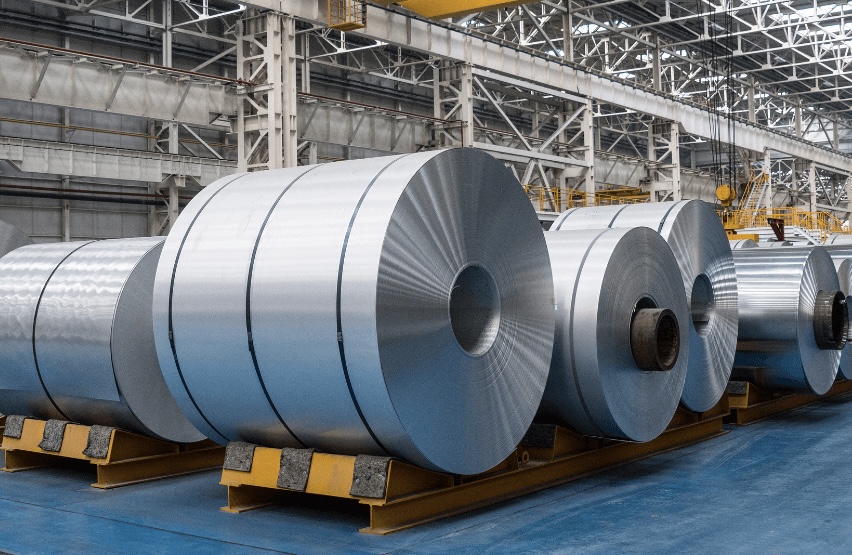KEY POINTS
- EU plans to halve steel import quotas.
- Tariffs on excess volumes to rise to 50 percent.
- Move aligns EU with U.S. and Canada.
The European Commission is preparing sweeping steel measures, cutting import quotas and raising tariffs to 50 percent, aligning with U.S. and Canadian policies.
The European Union is preparing to impose tougher restrictions on foreign steel, with a plan to slash import quotas by nearly half and sharply increase tariffs on excess volumes to 50 percent, according to officials briefed on the proposal.
The European Commission will present its steel industry measures on October 7 as part of a wider industrial package.
Stephane Sejourne, Commission vice president for industrial strategy, disclosed the initiative during a private meeting with steel unions and associations. He assured representatives that their concerns were considered, while refraining from offering specific details about the forthcoming steel policy.
EU steel import qoutas to be cut
The plan proposes reducing safeguard quotas that currently regulate steel imports into the European Union, with sharply increased tariff levels. Tariffs on imports surpassing revised thresholds will rise from 25 percent to 50 percent, according to the draft Commission blueprint.
This adjustment would align the European Union’s steel import policy with Canada and the United States, albeit somewhat differently applied.
In contrast to the European proposal, U.S. tariffs apply immediately from the first imported ton, without quota allowance, according to Reuters.
European steelmakers have pressed hard for stricter measures, stressing that existing quotas remain inflated despite regional demand softening considerably.
Industry groups contend safeguard quotas are currently 26 percent higher than initially set, undermining competitiveness amid slowing European consumption. Industry groups say the present system leaves the domestic market exposed to global oversupply, particularly from subsidized Chinese factories.
Steel industry pressures and China concerns
The Organisation for Economic Co-operation and Development has projected that global excess steelmaking capacity will reach 721 million metric tons by 2027, with China contributing a major share through state-backed expansion. The EU move is seen as part of a wider strategy with Western allies to shield their industries from distortions caused by Chinese output.
The bloc is also weighing potential safeguards for aluminium imports and considering export duties on scrap metal. These efforts fit into a larger “metals alliance” with Washington aimed at defending both economies from Chinese supply pressure.
EU trade chief Maros Sefcovic met U.S. Trade Representative Jamieson Greer earlier this month in Asia, seeking to revive talks on replacing 50 percent U.S. steel tariffs with a quota-based system under the transatlantic agreement reached in July. The proposed EU framework could strengthen Brussels’ hand in those negotiations.



